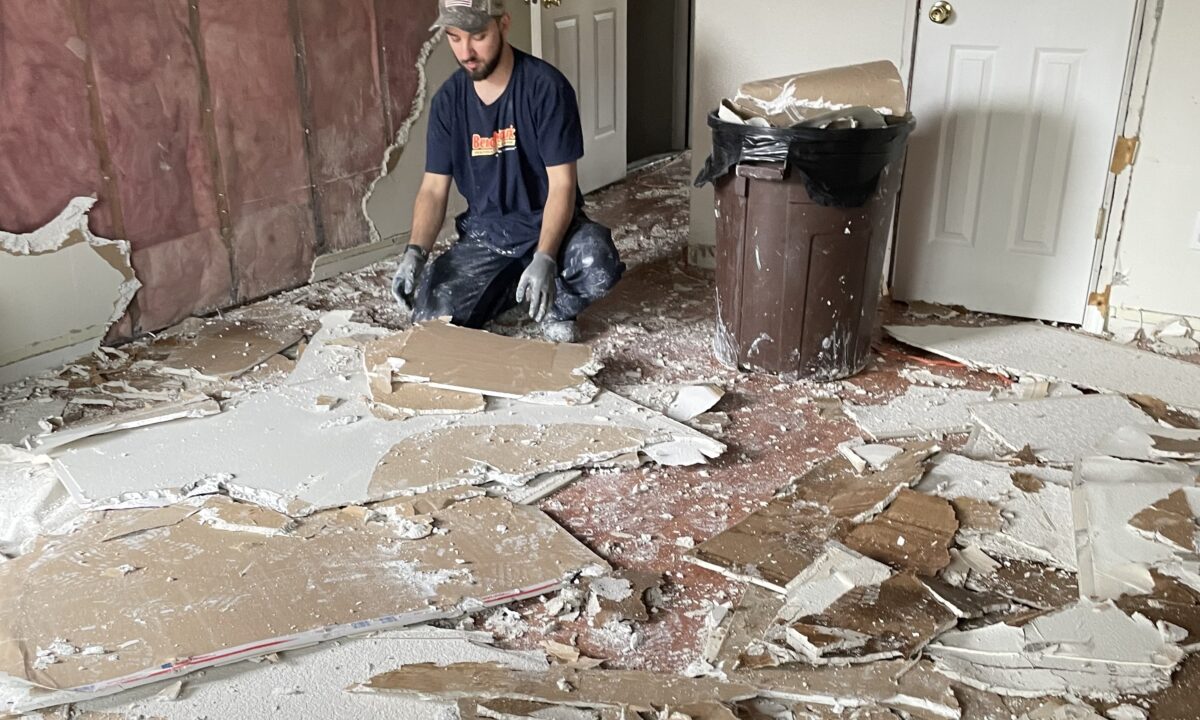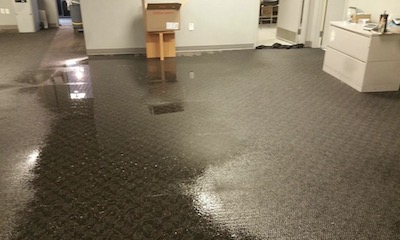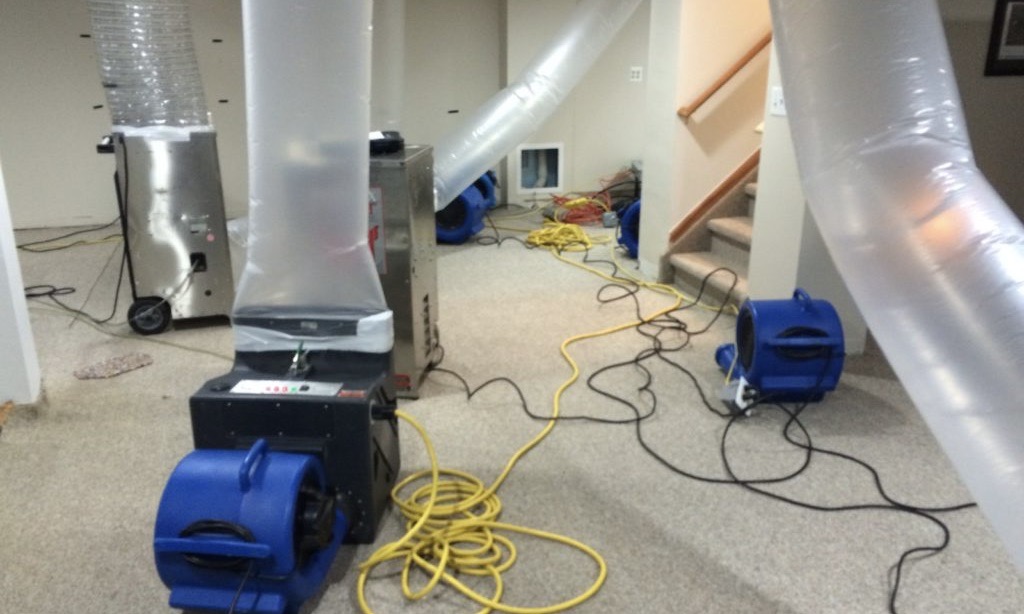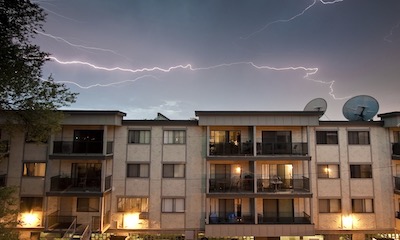Flood Damage Cleanup

Flood Damage Cleanup: How to Deal with the Aftermath of a Flood
Floods can cause extensive damage to your home or property. If your property has recently experienced flooding, you may be wondering what steps you can take to mitigate the damage and begin the cleanup process. Here are some tips for flood damage cleanup:
- Ensure Your Safety
Before you begin any cleanup efforts, ensure your safety by checking for potential hazards such as electrical wiring, gas leaks, or structural damage. Do not attempt to enter any flooded areas until you are certain they are safe.
- Document the Damage
Take photos or videos of the damage to your property. This documentation will be important when dealing with your insurance company or when applying for disaster relief assistance.
- Remove Water
Remove any standing water from your property as soon as possible. The longer water sits, the more damage it can cause. Use pumps, wet vacuums, or buckets to remove as much water as possible.
- Dry Out Your Property
Once the water is removed, it’s important to dry out your property. Open windows and doors to increase ventilation, and use fans, dehumidifiers, or heaters to dry out the affected areas. It may take several days for your property to completely dry out.
Minor Intrusions, Major Restorations, We Can Help Restore Your Home.
- Dispose of Damaged Items
Dispose of any damaged items that cannot be salvaged. This may include furniture, carpeting, and drywall. Be sure to document these items for insurance purposes.
- Clean and Disinfect
Once your property is dry, clean and disinfect all surfaces and items that came into contact with floodwater. Use a solution of water and bleach (one cup of bleach per gallon of water) to disinfect surfaces, and discard any items that cannot be disinfected.
- Prevent Mold Growth
Mold can begin to grow within 24-48 hours of a flood, so it’s important to take steps to prevent mold growth. Use fans and dehumidifiers to keep the air moving and reduce humidity levels, and consider hiring a professional mold remediation company if mold growth is extensive.
- Call in the Professionals
If the damage to your property is extensive, or if you’re just not sure where to start – flood damage cleanup can be a complex and challenging process. It is, therefore, advisable to seek the help of a professional flood damage restoration company. These companies have the necessary equipment, expertise, and experience to handle even the most challenging flood damage cleanup projects.
In conclusion, flood damage cleanup is a critical process that should be taken seriously. It is essential to act quickly and to ensure that the property is safe to enter before attempting any cleanup efforts. Seeking the help of a professional flood damage restoration company is highly recommended for best results.
About the author

Hi there, I’m Adam.
I’m owner of Benchmark Restoration & Cleaning and working in Vancouver Washington. When I’m not restoring homes, I’m out exploring the National Parks with family.
Benchmark Restoration & Cleaning
11419 NE 126th St, Suite #116 Vancouver Washington 98662
Phone: 360-696-4140
Email: [email protected]




It does make sense to invest in flood damage cleanup since this help you avoid mold from growing around your living space. My uncle recently realized that he had moved into a home that’s prone to flooding. I should talk to him about investing in flood damage cleanup someday.